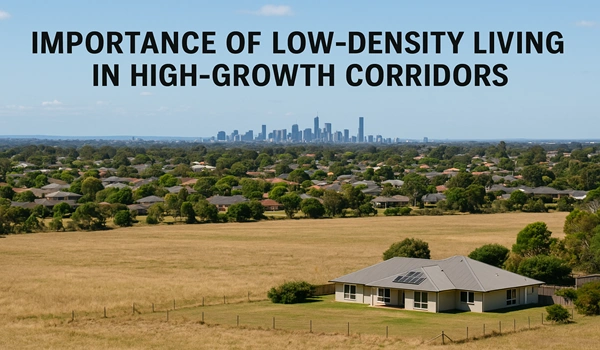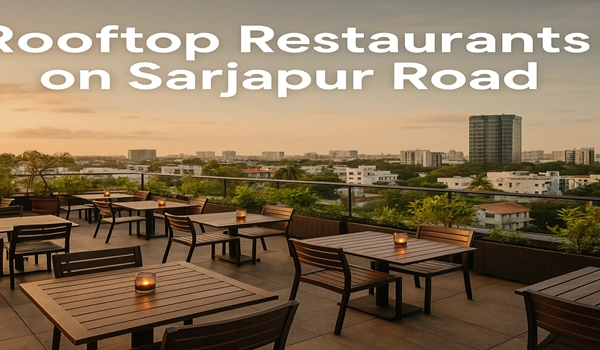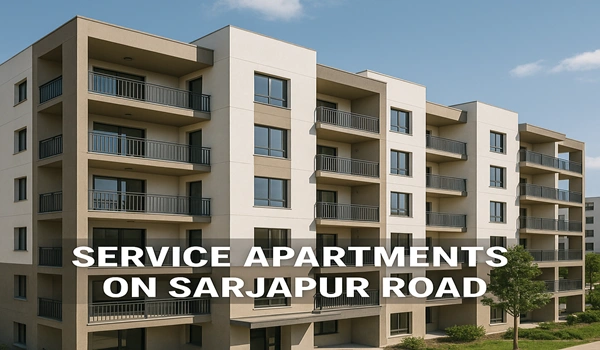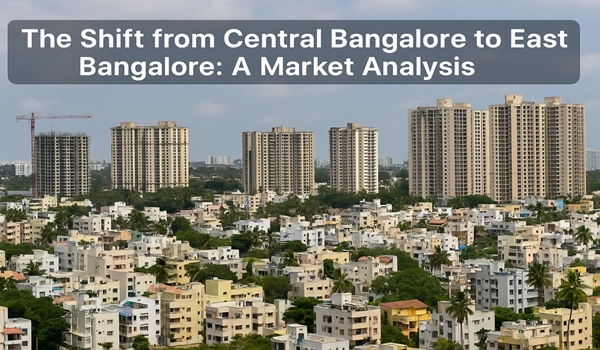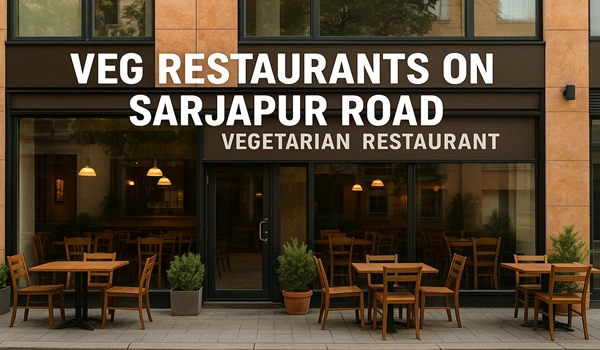Urban Heat and How Modern Buildings Are Adapting Design to Stay Cool
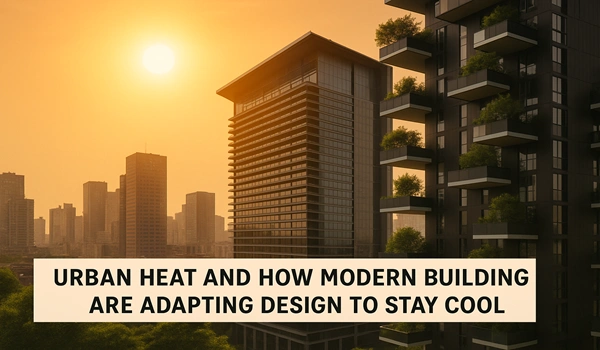
Urban areas are getting hotter, and Bangalore is no exception. Increased construction, reduced green cover, and high vehicle density have led to what’s known as the urban heat island effect. This phenomenon causes built-up city zones to retain more heat than surrounding rural areas, impacting both energy use and daily comfort.
As the need for sustainable and temperature-efficient homes grows, residential projects across Bangalore, especially along Sarjapur Road and in localities like Kodathi Village, are adopting thoughtful architectural practices. Modern developments such as Birla Evara reflect this new design approach by incorporating natural cooling techniques, material innovations, and smart urban planning.
The rise in ambient temperatures isn’t just a seasonal issue—it influences the structural design of buildings. Modern architects now factor in heat resilience, airflow, and insulation as key elements from the initial planning stages. This has led to a shift in both aesthetics and construction materials in new housing projects.
Design Solutions Addressing Urban Heat
- Use of Reflective Materials
Modern buildings now incorporate high-reflectivity paints and light-colored surfaces that bounce sunlight rather than absorb it. Roofs and external walls built with cool-roof technology reduce interior heat, lowering the need for air conditioning.
- Cross Ventilation and Orientation
Architectural layouts today focus more on passive cooling. Cross-ventilation techniques and strategic building orientation ensure that homes catch the breeze and remain airy. This is especially effective in climate zones like Bangalore’s, where temperature fluctuations are significant.
- Green Roofs and Vertical Gardens
Incorporating greenery is one of the best effective ways to reduce heat. Roof gardens and plant-covered walls add insulation and reduce surface temperature. These elements are not only practical but also improve the visual appeal of residential communities.
- Increased Tree Cover and Landscape Planning
New housing projects along Sarjapur Road are integrating dense landscaping and shaded walkways. Tree-lined internal roads, water features, and park zones help lower overall ambient temperatures within a gated community.
- Sustainable Building Materials
Materials such as fly ash bricks, aerated concrete blocks, and natural stone are now preferred over conventional options. These not only reduce heat absorption but are also more eco-friendly.
- Shading Devices and Louvres
Modern windows now come with overhangs, pergolas, or louvres that block direct sunlight while allowing in light and air. Such shading devices are becoming common in apartment balconies and common areas.
Bangalore’s rapid expansion has made areas like Sarjapur Road a prime real estate destination. However, with increased development comes the need for climate-conscious design. In neighbourhoods like Kodathi Village, where the pace of urbanisation is rising, new projects are setting benchmarks in energy efficiency and livability.
Developments like Birla Evara are designed with future weather trends in mind. Thoughtful planning, ample greenery, and architectural choices focused on thermal comfort are already influencing homebuyer preferences in this part of the city.
Benefits for Residents
- Lower Energy Bills: Reduced reliance on cooling systems leads to long-term savings.
- Improved Health: Cooler indoor temperatures contribute to better sleep and reduced heat stress.
- Environmental Impact: Lower energy usage translates into reduced carbon footprint.
- Enhanced Comfort: Homes remain cooler naturally, creating a pleasant living environment.
As Bangalore continues to grow, adapting to the realities of urban heat will remain central to residential design. By adopting smart, climate-responsive architecture, future-ready homes are creating cooler, healthier living environments for city dwellers.
